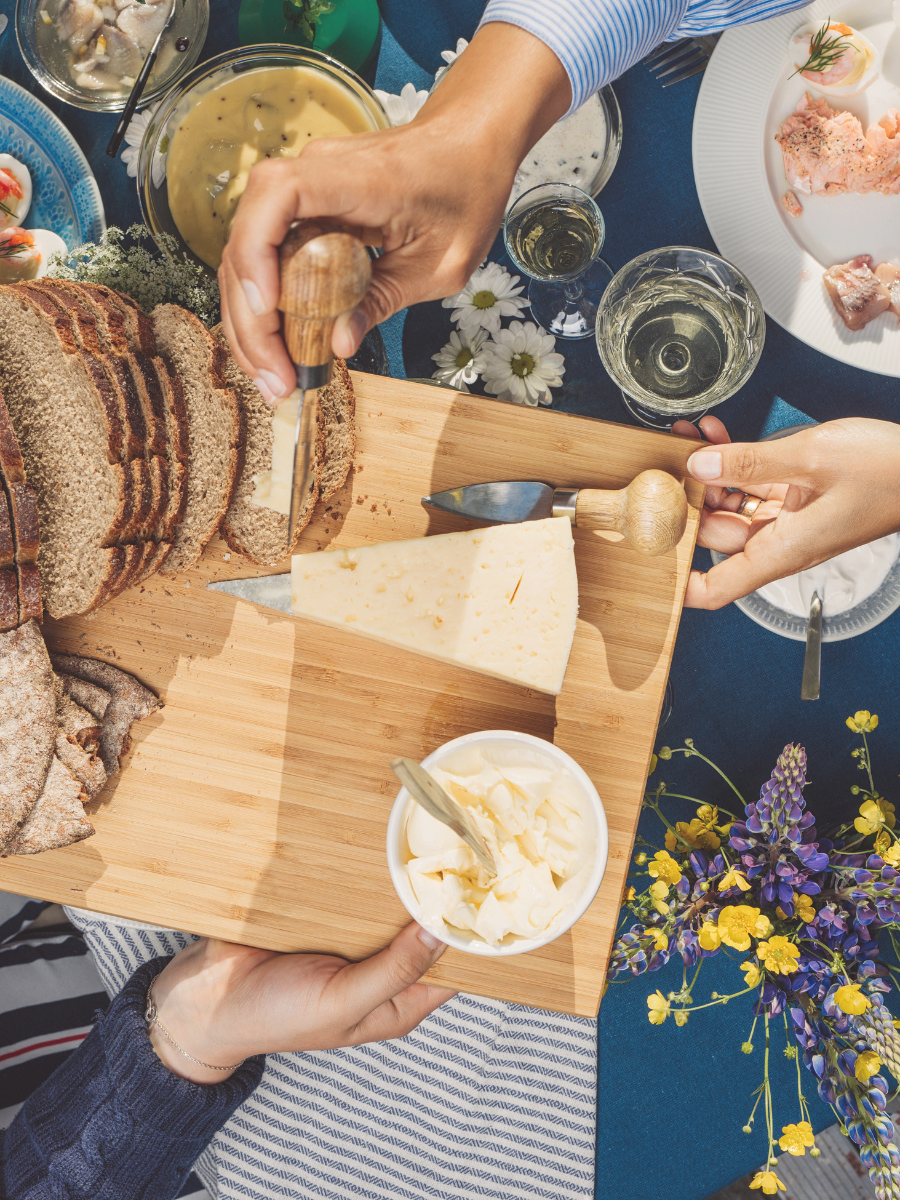Special Note: This is the fourth part of a 5-part series on Gut Health.
I’ve included the link for Part 1, Part 2, and Part 3 below, and I suggest reading those first before jumping into this 4th step.
Part 1: https://www.elainebrisebois.com/healyourgut-part1/
Part 2: https://www.elainebrisebois.com/healyourgut-part2/
Part 3: https://www.elainebrisebois.com/healyourgut-part3/
Step #4: Repair
The fourth part of the 5-step protocol involves repairing and nourishing the gut lining through the use of select nutrients, herbs, and functional foods.
Recall, I already discussed antimicrobial, digestive aids, and probiotics/fermented foods in the previous steps so I won’t be mentioning them again here.
Furthermore, be absolutely sure to address (at the very least) step 1 and step 2 before implementing step 4, otherwise you won’t be getting to the root of your digestive problems.
When it comes to gut repair there are many great supplements on the market that you could potentially use. When I work with my clients I like to make things as simple as possible and we always begin with a gut healing diet first before introducing any gut repair supplements. Once the diet is in place, then I’ll introduce supplements as needed.
Below I’ve listed some of my top choices for gut healing.
Many of the supplements can be found in combination via targeted gut healing formulas available on the market. I suggest consulting with a natural health practitioner or nutritionist who specializes in this area to find the appropriate formula and dosages best suited for you.
Gut Healing Supplements
L-Glutamine
A building block of protein, l-Glutamine is the most abundant amino acid in the body. It’s considered “conditionally” essential because although our body can produce it naturally, during times of stress it’s required in greater amounts. It also happens to be the primary fuel source for the cells of the gut, and when taken therapeutically can help maintain the integrity of the gut wall, or “heal and seal” the lining. If you’re buying it on its own, I suggest getting the powder over capsule form since it’s easier to get a therapeutic amount without having to swallow a handful of capsules.
Demulcent Herbs: Slippery Elm, Marshmallow Root, and Deglycyrrhized Licorice (DGL)
These herbs are all mucilaginous which means they produce a slimy substance that coats, soothes and protects the lining of the GI tract. They can be particularly helpful for calming inflammation and soothing digestive discomforts. These herbs can be taken in powder, tea, capsules, and lozenge form. Foods high in mucilage that you can add to your diet include: flax seeds, chia seeds, and okra.
Zinc Carnosine
A unique combination of the essential mineral zinc, well known for its antioxidant and immune support role, but also its critical involvement in tissue repair. When bound to the dipeptide carnosine, it’s been shown to protect and stabilize the mucosal lining of the gastrointestinal tract, support healthy gastric microbial balance, and relieve gastric discomforts such as heartburn, bloating, nausea, and stomach upset.
Hydrolyzed Collagen Powder
The main structural protein in connective tissue, collagen is abundant in cartilage, tendons, ligaments, marrow, and bone. When collagen is cooked it becomes what we know as gelatin. Collagen and gelatin have similar healing properties and both are rich in amino acids (particularly glycine and proline) that help to rebuild the intestinal wall. You can supplement with both through good quality grass-fed sources. I personally like the collagen powder over gelatin powder since it’s cold and hot soluble, and can be easily added to a smoothie or a warm drink without it clumping up. The gelatin powder is better for recipes where you want that “Jello effect”. You can also consume gelatin through nourishing, homemade bone broths.
Other gut-healing options include:
- NAG (N-acetyl glucosamine)
- Omega-3 fatty acids (particularly those found in fish and the algae they feed on)
- Quercetin
- Turmeric (and Curcumin)
- Colostrum
- Gamma Oryzanol
- Vitamins A, C, E
As I mentioned above, you can find many of these compounds in various “gut healing” formulas on the market, although some, such as omega-3 oils for example, would be best taken as a stand-alone product.
Stay tuned later this week for part 5—the final installment in this series!

Hi! I’m Elaine, a Certified Nutritionist and Master Certified Health Coach. I support women in achieving their health and body goals while prioritizing a peaceful and balanced relationship with food.

Get a free copy of my handbook!
The Elegant Eating Handbook: Timeless Strategies for Lasting Weight Loss and a Peaceful Relationship with Food.
share with friends
keep reading...





[…] Part 4: https://www.elainebrisebois.com/healyourgut-part4/ […]